Many readers of our blogs will be aware that we have a busy and growing business providing temporary digital organs for concerts and on a longer-term basis when churches and cathedrals have their pipe organs overhauled. We have provided organs all over the UK including York Minster and Canterbury Cathedral. Our partner retailer Jeffers Music of Bandon does the same in Eire.
Not even distance has been an object with a chamber organ being flown to Turkey for a single concert and another temporary digital organ installed in Wellington Cathedral, New Zealand preceding our permanent Regent Classic Organ.
Bristol Cathedral added to the list of organ hire customers
We recently added another Cathedral to our list of clients in somewhat different circumstances as the pipe organ at Bristol Cathedral still currently plays and its scheduled rebuild is some years off. It was due to be rebuilt by Manders but the collapse of that company meant that the work did not proceed. I understand that the rebuild is now in the Harrison & Harrison order book to commence in 2025.
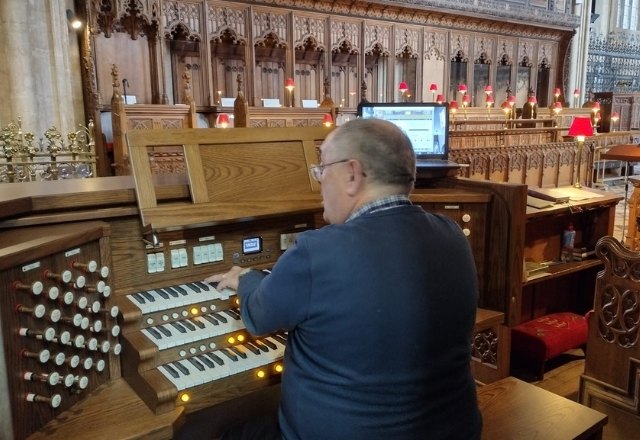
Our instrument, a Regent 356 moving drawstop instrument was installed in May 2022 well ahead of this date. There is considerable anxiety that the pipe organ may finally take it last breath well ahead of the rebuild now booked in. We are on standby so to speak for circumstances that it is hoped will not happen but past recent history suggests are highly likely.
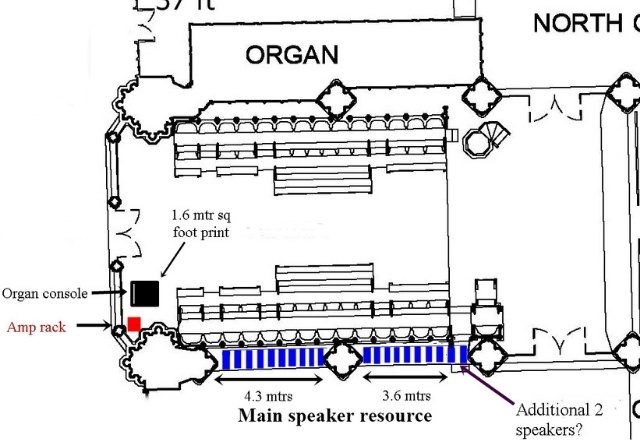
Speaker placement and Voicing is crucial to get the best out of the organ
As always with organ installations, speaker placement is crucial to getting the best out of the digital organ. At Bristol this involved the building of a scaffold platform behind and above the south side choir stalls. The digital instrument position is therefore almost a mirror image of the pipe organ above the north side stalls.
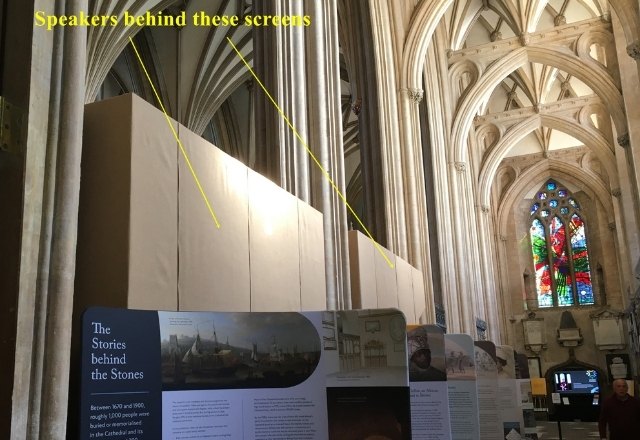
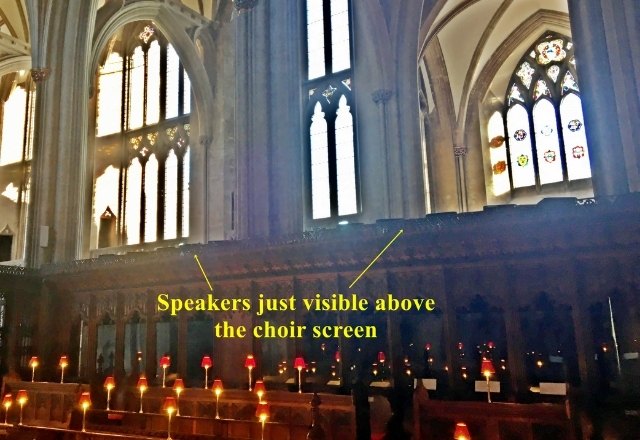
The other critical ingredient to the quality of work, as it is with a pipe organ, is the voicing. Our instrument has 56 speaking stops over 4 departments. These play through 20 external cabinets and 2 sub basses so there is great flexibility to decide which stop plays through which pair of speakers in the array.
Actually, there is even more complex capability to ‘route’ the sound which I won’t bore you with here. If you are interested, we have recorded a video on the subject of panning and routing flexibility using Viscount’s Physis platform.
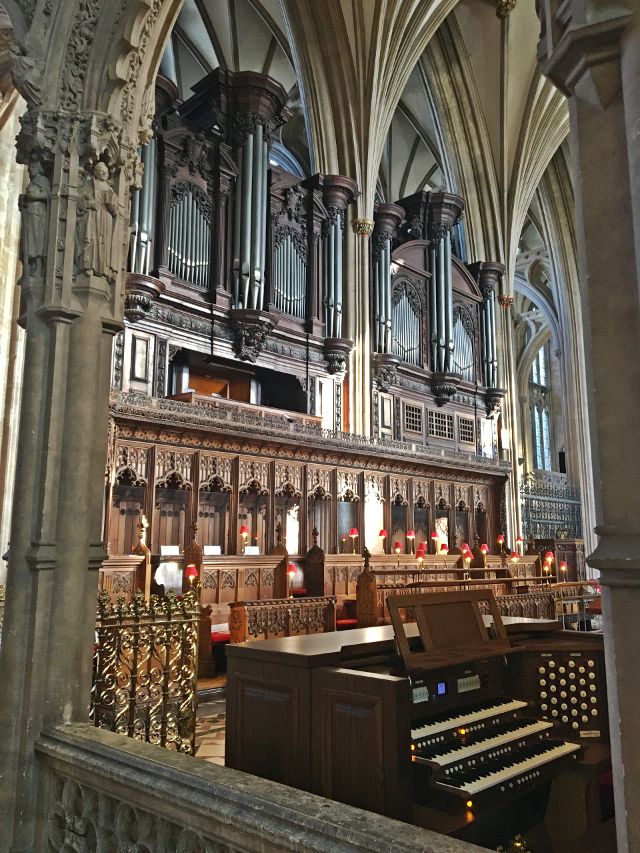
Only recently during half term did we find a suitably free day to carry out the voicing. This was done by our colleague Francis Rumsey and staff member Richard Goodall. With no member of the music department available on the day, we were not able to get any feedback on the the voicing, so I keep my fingers crossed that all is well. But have you ever met an organist that is happy with every stop on their instrument? Let’s wait and see if we have managed at the first attempt!
I have had a passion for church organs since the tender age of 12. I own and run Viscount Organs with a close attention to the detail that musicians appreciate; and a clear understanding of the benefits of digital technology and keeping to the traditional and emotional elements of organ playing.
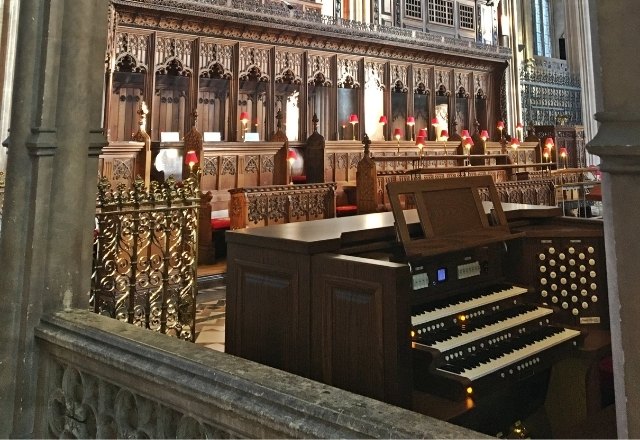



A mix of good news for Viscount and not so good for the cathedral pipe organ! Who built it originally?
The Organ today is largely by J.W. Walker and Son and dates from 1907. The two carved cases are from the Renatus Harris instrument of 1685. The organ case was split in two around 1860 and placed as seen today. Some pipes still remain from the Harris instrument. Other work was carried out (among others) by Vowles of Bristol and a major rebuild by Mander in 1989.
It is a superb instrument with what some call a ‘imperial’ and heroic sound. Well worth hearing.
Hi David
– do you have a recording of your instrument being played in the cathedral, please? I would love to hear that!
thank you
Nick
Hi Nicholas,
Not yet. Organ on standby but I am told it sounds very good indeed. But I dont suppose anyone would tell me otherwise! Regards David